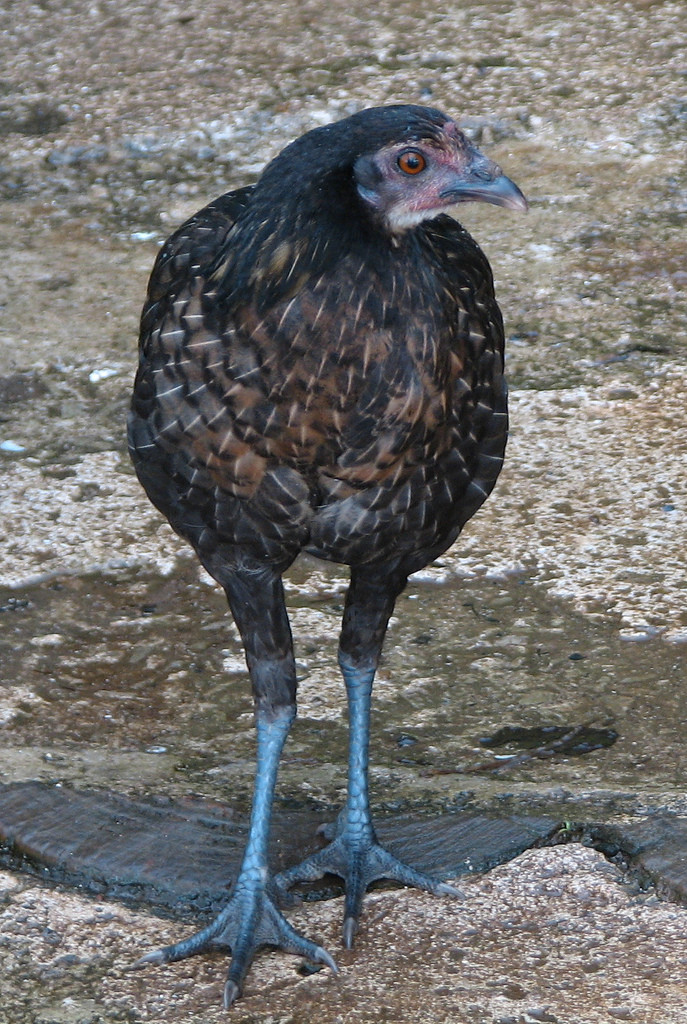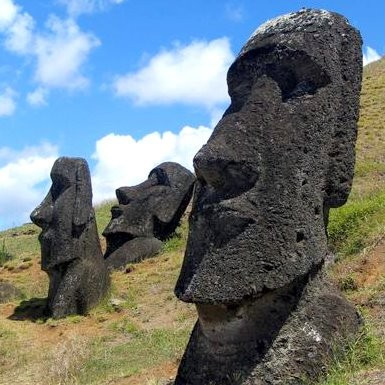Why Did the Polynesian Chicken Cross the Pacific? Not to Visit Colombia, Scientists Say

Ancient chicken bones have been used to discover when Polynesian chickens crossed the Pacific to the Americas.
Researchers led by the University of Adelaide's Australian Centre for Ancient DNA (ACAD) have analysed ancient DNA from chicken bones discovered in archaeological digs across the Pacific.
The scientists discovered that previous studies showing Polynesian chickens had arrived in South America were probably based on contaminated results, and that Polynesians and South Americans probably had no contact until much later than thought.
Findings, published in the Proceedings of the National Academy of Sciences, show the origins and dispersal of Polynesian chickens hundreds of years ago.
The history of the settlement in the Pacific Islands is still a mystery. Colonisation took place in two phases, with the first taking place on islands such as Fiji and Tonga around 3,000 years ago.
The next phase took place around 1200, with settlers arriving on Tahiti, Easter Island and Hawaii. Why settlers moved across is unknown, however.
Jeremy Austin, deputy director of the ACAD, said: "There are still many theories about where the early human colonists of the remote Pacific came from, which routes they followed and whether they made contact with the South American mainland.
"Domestic animals, such as chickens, carried on these early voyages [and] have left behind a genetic record that can solve some of these long-standing mysteries."
Researchers focused on a unique genetic marker of the original Polynesian chickens, which is only present in the Pacific and Island Southeast Asia.

Scientists used female-inherited mitochondrial DNA from chicken bones found in Hawaii, Easter Island and Niue to identify genetic signatures of the original Polynesian chickens to track their early movements and trading patterns across the area.
Lead author Vicki Thomson said: "We were also able to trace the origins of these lineages back into the Philippines, providing clues about the source of the original Polynesian chicken populations."
Alan Cooper, director of ACAD, added: "We were able to re-examine bones used in previous studies that had linked ancient Pacific and South American chickens, suggesting early human contact, and found that some of the results were contaminated with modern chicken DNA, which occurs at trace levels in many laboratory components.
"We were able to show that the ancient chicken DNA provided no evidence of any pre-Columbian contact between these areas.
"Remarkably, our study also shows that the original Polynesian lineages appear to have survived on some isolated Pacific islands, despite the introduction of European domestic animals across the Pacific in the last couple of hundred years.
"These original lineages could be of considerable importance to the poultry industry, which is concerned about the lack of genetic diversity in commercial stocks."
© Copyright IBTimes 2024. All rights reserved.







